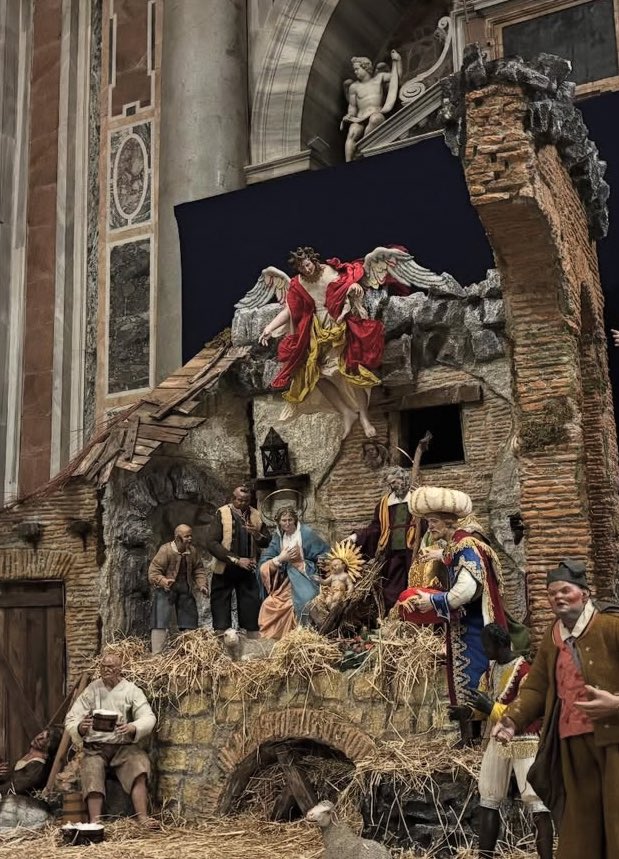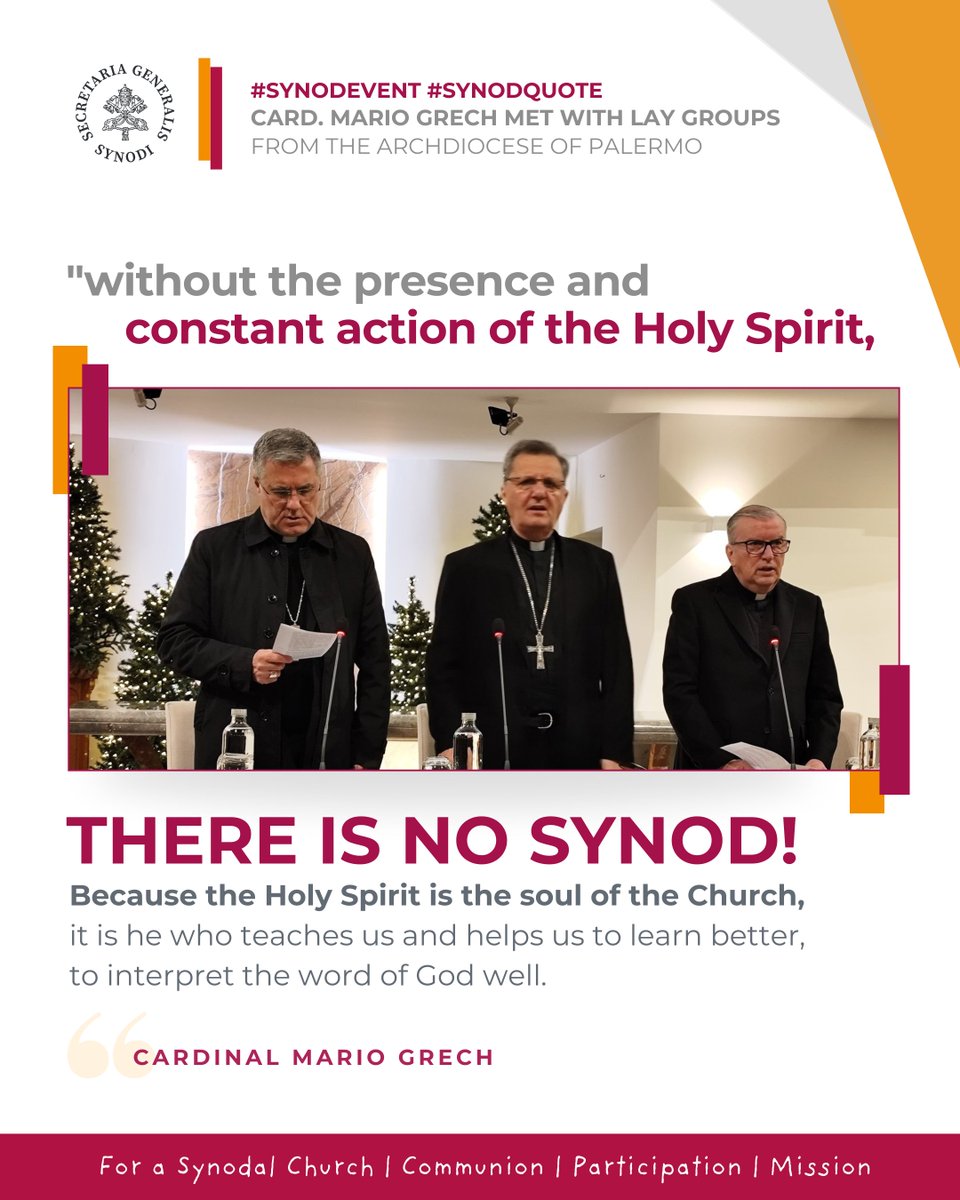Reading Comprehension for Beginners
The Case of the Omitted Text:

Response to Salza & Siscoe’s Accusation
that we Deleted Parts of St. Robert Bellarmine
In what can only be described as a bizarre spectacle, the authors of True or False Pope? Refuting Sedevacantism and Other Modern Errors, John Salza and Robert Siscoe, have now publicly accused Novus Ordo Watch of deleting parts from a text of St. Robert Bellarmine that supposedly refutes the Sedevacantist position. What they carefully avoided telling their readers is that the “evidence” they pointed to was merely a short excerpt from the chapter, clearly indicated as such, in a blog post. The full text of the chapter was linked twice in the post, and readers were explicitly asked to read the chapter in its entirety.
Almost a year ago, with the kind and generous permission of the editor and translator, we posted the full text of Chapter 30 of the newly-translated book De Romano Pontifice (“On the Roman Pontiff”) by St. Robert Bellarmine, translated by Mr. Ryan Grant (who is not a sedevacantist). We posted the chapter’s contents here, in their entirety. To our knowledge, no one on either side of this debate had ever provided a full English translation of this chapter, so we were happy to be the first ones to do so. Our gratitude, again, goes to Mr. Grant. Now, in order to notify our readership that the chapter had been made available, we also put together a blog post announcing and introducing the work of St. Robert Bellarmine and the chapter in question. In this introductory blog post, we put a big link to the chapter we had posted and shared some highlights from the chapter, explicitly encouraging our readers to the read the whole chapter in full.
None of this is confusing or complicated to understand. Yet, Salza and Siscoe are now claiming that we sneakily omitted part of the text of that chapter, those very parts that — allegedly — contradict our position. Nonsense! We posted the chapter in full, as anyone can see, and as no one else had done before; the “evidence” Salza and Siscoe point to in their accusatory article is not the page where we published the text of the chapter itself but the introductory blog post, which, as we noted there explicitly, only contained highlights of the chapter!
See for yourself how misleading Salza and Siscoe have been in this matter:
First, let’s look at the article where they make their false accusation. It’s actually two articles now, the first one being located here and the second one here. Just below we are posting a screenshot of the relevant part from the first article (the second article merely repeats the same accusation). All red underlining is ours. You can see the outrageous accusation: They are claiming Novus Ordo Watch deleted parts of St. Robert Bellarmine’s discussion of the Five Opinions on whether a heretical Pope can be deposed, parts which allegedly refute Sedevacantism. Note the “evidence” they provide: a screenshot from our introductory blog post (NOT from the chapter!), which even states (!) that what is quoted from the chapter is only “some highlights” (see the red oval, also added by us).
Click to enlarge – screenshot from Salza/Siscoe essay accusing Novus Ordo Watch of deleting text from St. Robert Bellarmine
Second, see for yourself the very Novus Ordo Watch blog post of which Salza and Siscoe took a screenshot and which they included as “evidence” in their article: The post is located here. Just below, we are reproducing a screenshot of this post to better illustrate how it makes clear right off the bat that only a few highlights are being included by way of introduction, and the entire chapter itself is linked right from there. [Note: We redesigned our web site in September 2016. The screenshots that follow show our web site in its old design.]
Click to enlarge – screenshot from Novus Ordo Watch post announcing that the full chapter had been posted, with a few highlights from the chapter to pique people’s interest
Third, see how at the end of the excerpted highlights from the chapter, we encourage all readers to read the chapter in full and provide — once again — a link to the entire text of Chapter 30:
Click to enlarge – screenshot from same Novus Ordo Watch post, proving that at the end of the quoted highlights, we encouraged people to read the entire chapter, which we linked a second time
An aggravating circumstance that further demonstrates that Salza and Siscoe are indeed aware that their accusation against Novus Ordo Watch is false is the fact that they claim that we “only included in full the Fourth and Fifth Opinions” (italics added). But, as can easily be seen by looking at the post, not even the Fourth and Fifth Opinions were given in full. Why? Because, as we said, we were not interested in providing more than just a few highlights of the chapter’s contents in this introductory post, to whet people’s appetite for more. So why do Salza and Siscoe falsely claim that we provided the Fourth and Fifth Opinions in full, when several ellipses clearly indicate that this isn’t the case? Only one answer seems possible: because it provides a greater contrast to the “omitted” opinions, which in turn lends greater credence to the accusation that we tried to hide the other text from our readers; that’s why.
It may not surprise you to learn that one part of the Salza-Siscoe duo is a lawyer, and it’s not Robert Siscoe. Where did Salza learn such devious methods? Was it the Freemasonic Lodge, of which he admitted being a part in the 1990s, for “business” and “camaraderie” purposes?
Finally, we present also a screenshot from the full text of the chapter we posted, indicating specifically the presence of the Second and Third Opinions — the First is there too, by the way — which Salza and Siscoe have accused us of trying to “hide” from our readership:
It is clear, then, that the accusation that we tried to “hide evidence” from our readership is baseless and false. Why do Salza and Siscoe feel the need to bear false witness against their opponents? Alas, the two anti-sedevacantist authors are no strangers to flights of fancy. Another gratuitous claim they keep recycling on their web site is that Fr. Anthony Cekada is the “theological mentor” of Novus Ordo Watch’s main editor, which is absolutely false. Not that it would be wrong to have a theological mentor — it just happens not to be true; they made it up. Novus Ordo Watch is and will remain independent of any particular priest or bishop.
Still, someone might ask, “But why only quote from the Fourth and Fifth Opinions and not from the first three in the introductory blog post?” The answer, quite simply, is that it is the Fourth Opinion (which was essentially that of Cardinal Cajetan, Fr. Francisco Suarez, and John of St. Thomas) which has received the most attention from the anti-sedevacantists in recent years (such as here and here), and St. Robert Bellarmine refutes it ably. In addition, the Fifth Opinion is the one St. Robert himself held, and it is this one that Sedevacantism agrees with. So it was only natural that in a post that was mainly meant to announce to the public that we had published in a separate location the entire treatment of St. Robert Bellarmine on the Five Opinions, we would try to pique people’s curiosity and invite them to read the entire chapter by excerpting precisely those main points that had received the most attention from sedevacantists and anti-sedevacantists in recent times. But then again, as we already saw, we did not even excerpt the Fourth and Fifth Opinions in their entirety, either.
Having observed since January how Robert Siscoe and John Salza like to argue on their web site, we expect now to hear the following objection: “This blog post totally ignores all of the theological arguments we’ve been making!” To which we respond: “Yes, it does. It does because the only purpose of this particular post is to prove that your accusation of dishonesty is false. One thing at a time, gentlemen. Genuine debate is only made possible by, and is fundamentally premised on, each side being honest about the other. Will you concede this point, retract, and apologize?”
Unfortunately, it is very discouraging to attempt to have a reasonable debate with people who are not ashamed to make false accusations in order to score points against their opponents. The people who have publicly endorsed and recommended their work — Matt, Ferrara, Vennari, Verrecchio, et al. — may want to consider distancing themselves from these characters, lest they be thought to be willing participants in this unworthy spectacle.

As far as theology goes, not to worry. We currently have a few more articles against Messrs. Salza and Siscoe in the pipeline that are not yet finished: follow-ups on Cardinal Billot and Nestorius and on the Mystical Passion of the Church, and a rejoinder to A Catholic Thinker’s attempt to transform Salza’s Comedy Hour into an orthodox theology lesson.
Refuting a 710-page book is a monumental task that will not be accomplished by means of a few blog posts in a few weeks. Siscoe and Salza know this. Yet, they have been trying to create a sense of artificial urgency among people on both sides so as to make it seem that they have won the debate, when the truth is that to a large extent the Sedevacantist camp has not even begun to fight yet. It is very easy to dump 700 pages into a debate, then follow up with a flurry of shabby articles, give a few smug interviews, falsely accuse one’s opponents, and then scream “Victory!” while most people who bothered to buy the book are still reading the table of contents.
Don’t worry, folks, we are not going anywhere. But genuine intellectual debate, if it is to generate light rather than heat, takes time. Demagoguery, on the other hand, only takes rhetorical skill, an overinflated ego, and very little time. But these matters are too serious for playing games.
Ideally, one would debate one point (argument) at a time, but Salza and Siscoe are trying their darndest to prevent exactly that. In the meantime, don’t let yourselves be fooled by those who took years to write 700+ pages and now claim they have defeated us because 10 weeks after publication no one has yet issued a definitive rebuttal. Acting this way, they put their own earnestness at stake.
Of course, having to grapple with undue distractions like this — that of having to respond to a false accusation that we omitted text to deceive our readership — means that our theological refutations will inevitably be delayed. But then perhaps that is precisely Salza and Siscoe’s intent.









No Comments
Be the first to start a conversation